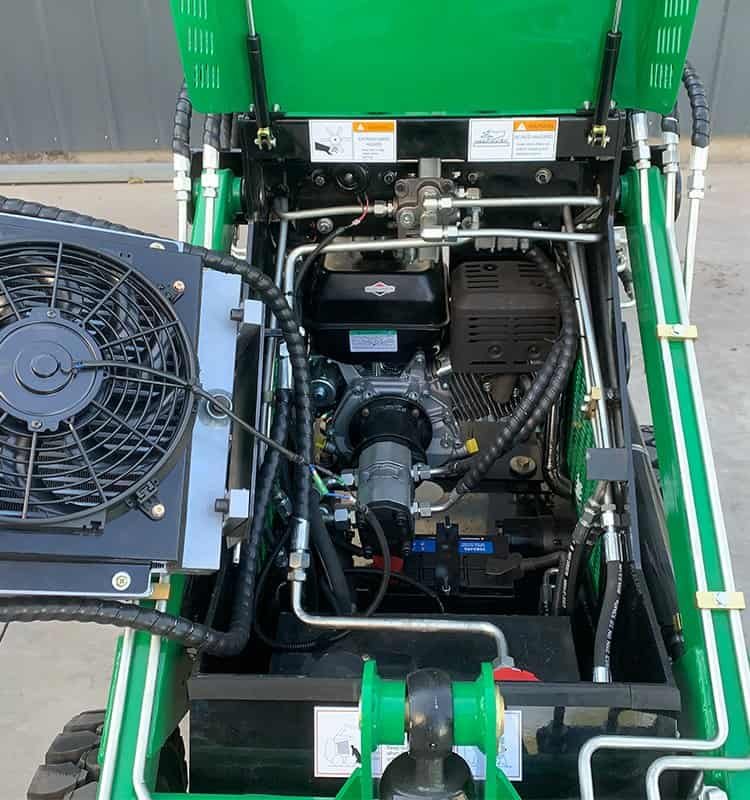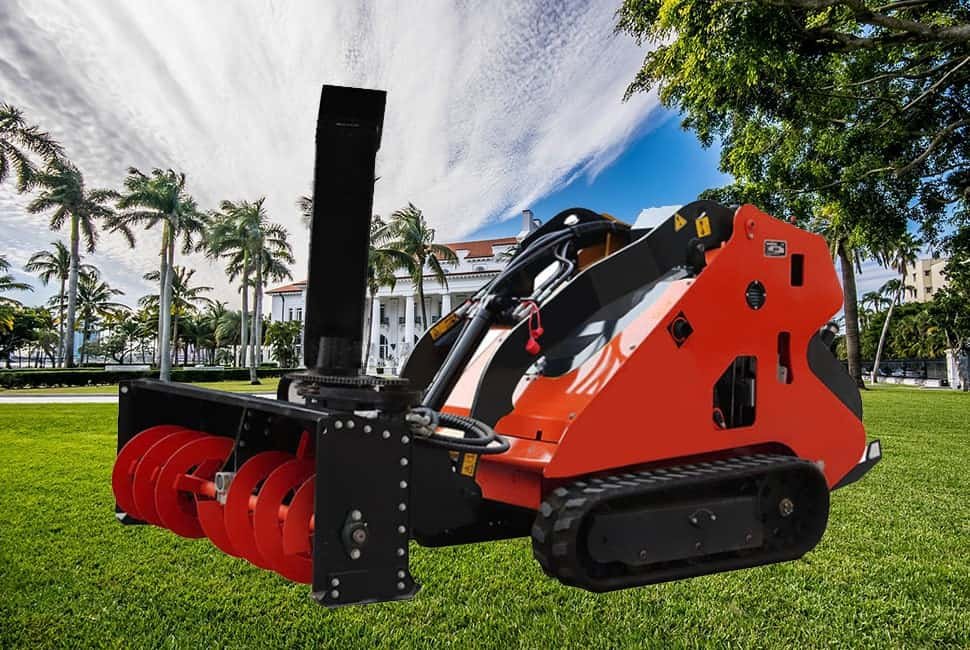Skid steer loaders are essential machines for construction and farming, but do you know what makes them run smoothly? Let’s dive into the engine that powers these versatile machines.
The engine is the heart of any skid steer loader, providing the power for its performance. Understanding how it works, its components, and how to maintain it is crucial for optimizing machine efficiency and lifespan.
Now, let’s break down the skid steer engine, its key components, and how it affects overall performance.
What is a Skid Steer Engine?
The skid steer engine serves as the core power source for skid steer loaders, driving all essential functions, including movement, lifting, and attachment operation. It supplies the mechanical energy needed to operate the drivetrain, hydraulic systems, and other key components of the skid steer loader. Typically, these engines are diesel-powered to deliver high performance and reliability.
Skid steer engines come in a variety of sizes and configurations, generally ranging from 25 to 100 horsepower. The size and power of the engine are determined by the loader’s intended use, whether it be light-duty tasks on a farm or heavy-duty construction work. The engine’s selection significantly impacts fuel efficiency, lifting capacity, and overall durability. A well-chosen engine ensures that the skid steer loader performs efficiently in diverse environments, from narrow urban spaces to expansive construction sites.
How Does a Skid Steer Engine Work?
The skid steer engine is a marvel of engineering that transforms fuel into mechanical energy, providing the power needed to drive various systems within the loader. This versatile engine is what makes skid steer loaders so adaptable for a wide range of tasks, from construction and landscaping to farming and snow removal.
At the heart of the skid steer engine is the combustion process. Fuel is burned in the combustion chamber, generating power that drives the pistons. These pistons are connected to the crankshaft, which converts the linear motion of the pistons into rotational energy. This energy is then transmitted to the wheels and the hydraulic pump.
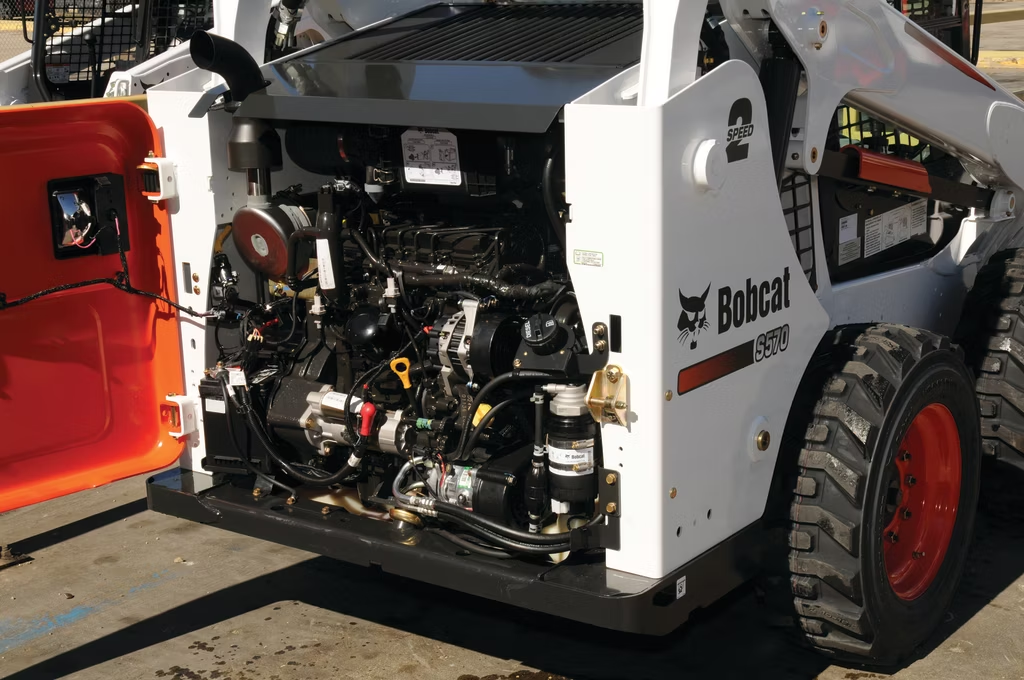
The hydraulic system plays a crucial role in the skid steer’s functionality. It uses the engine’s power to drive hydraulic actuators, which enable operators to perform tasks such as lifting heavy loads, digging, and operating attachments like buckets, snowplows, and augers. The hydraulic system provides the precision and strength needed for these tasks, making the skid steer loader an indispensable tool in multiple industries.
The power generated by the skid steer engine is not just about brute force; it’s also about efficiency and versatility. A well-designed engine ensures that the loader can operate smoothly and effectively in various environments, whether it’s navigating tight spaces in urban settings or tackling heavy-duty tasks on large construction sites. The skid steer loader’s ability to switch between different attachments and tasks is largely due to the reliable and powerful engine that drives it.
The skid steer engine is the backbone of the loader’s performance. By converting fuel into mechanical energy and powering both the drivetrain and hydraulic systems, it enables the skid steer loader to be a versatile and efficient tool for a wide range of applications.
Common Types of Skid Steer Engines
Skid steer loaders are equipped with a variety of engines, each tailored to meet specific requirements based on horsepower, fuel type, and intended applications. The choice of engine significantly impacts the loader’s performance, efficiency, and suitability for different tasks.
The most prevalent type of skid steer engine is diesel-powered. Diesel engines are renowned for their robust power output and superior fuel efficiency, making them the go-to choice for heavy-duty applications such as construction and large-scale industrial work. Their ability to deliver consistent power over extended periods is particularly valuable in demanding environments.
Gasoline engines are also widely used, especially in lighter-duty applications. They are commonly found in landscaping and other tasks that do not require the same level of power as construction work. Gas engines are generally lighter and more compact, which can be advantageous in certain scenarios.
In recent years, there has been a growing trend towards alternative fuel options and more environmentally friendly solutions. Propane-powered skid steers offer a cleaner alternative to traditional fossil fuels, with reduced emissions and lower operating costs. Additionally, hybrid and fully electric skid steers are becoming increasingly popular, driven by environmental concerns and the need for quieter operation in urban and residential areas.
Electric skid steers, in particular, are gaining traction for their zero-emission operation and low noise levels. They are ideal for indoor work, urban environments, and sensitive areas where noise and air quality are critical factors. While electric skid steers may not yet match the power and endurance of their diesel counterparts, advancements in battery technology are rapidly closing this gap.
The choice of skid steer engine depends on the specific needs of the job. Diesel engines remain the preferred option for heavy-duty tasks due to their power and efficiency, while gas engines are well-suited for lighter applications. As environmental awareness grows, alternative fuel options like propane, hybrid systems, and electric power are becoming more prevalent, offering quieter and cleaner solutions for a wide range of applications.
How to Maintain a Skid Steer Engine
Maintaining the skid steer engine is essential for ensuring its long-term performance and avoiding costly repairs. Proper care not only extends the life of the engine but also ensures that it operates efficiently and reliably, reducing downtime and maintenance costs.
Regular oil changes are a fundamental aspect of engine maintenance. Fresh oil helps to lubricate the engine’s moving parts, reducing friction and wear. It also helps to remove contaminants that can accumulate over time. Operators should follow the manufacturer’s recommended intervals for oil changes to keep the engine running smoothly.
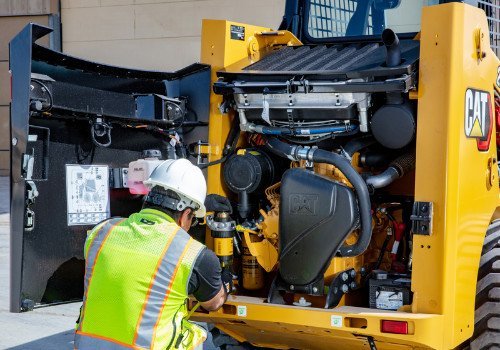
Air filter replacements are another critical maintenance task. A clean air filter ensures that the engine receives a steady supply of clean air, which is essential for optimal combustion. Dirty or clogged air filters can reduce engine performance and fuel efficiency, and may even cause damage to internal components. Regularly inspecting and replacing air filters can prevent these issues.
Fuel system checks are equally important. Ensuring that the fuel filter is clean and free of debris helps to maintain fuel flow and prevent contamination. Operators should also inspect fuel lines and connections for any signs of wear or damage, which could lead to fuel leaks or other problems.
In addition to these routine tasks, operators should inspect the cooling system regularly. This includes checking the radiator and hoses for leaks, corrosion, or blockages. A well-maintained cooling system helps to regulate engine temperature, preventing overheating and potential engine damage.
Spark plugs should also be checked and replaced as needed. Worn or fouled spark plugs can lead to poor combustion, reduced power, and increased fuel consumption. Regular inspections and replacements can help to maintain optimal engine performance.
Periodic engine inspections and diagnostics are invaluable for identifying potential issues early. By catching problems before they escalate, operators can prevent more serious damage and extend the machine’s lifespan. Regular maintenance not only saves money in the long run but also ensures that the skid steer loader is always ready for use.
Proper maintenance of the skid steer engine is crucial for its long-term performance and reliability. Regular oil changes, air filter replacements, fuel system checks, and cooling system inspections, along with periodic engine diagnostics, can help to prevent costly repairs and keep the machine running efficiently. By following these maintenance practices, operators can maximize the lifespan and performance of their skid steer loaders.
Signs of a Failing Skid Steer Engine
Detecting the early warning signs of a failing engine is crucial for skid steer loaders, as it can help prevent major breakdowns and costly repairs. Being vigilant about these signs can save both time and money, ensuring that your equipment remains reliable and efficient.
Some common indicators of engine trouble include unusual noises, difficulty starting, poor fuel efficiency, and low power output. These symptoms can manifest in various ways. For instance, you might notice smoke coming from the exhaust, a noticeable decrease in power, or irregular sounds such as knocking or ticking. Other signs to watch for include poor acceleration, overheating, or a sudden increase in fuel consumption. These issues can significantly impact the performance and longevity of your skid steer loader.
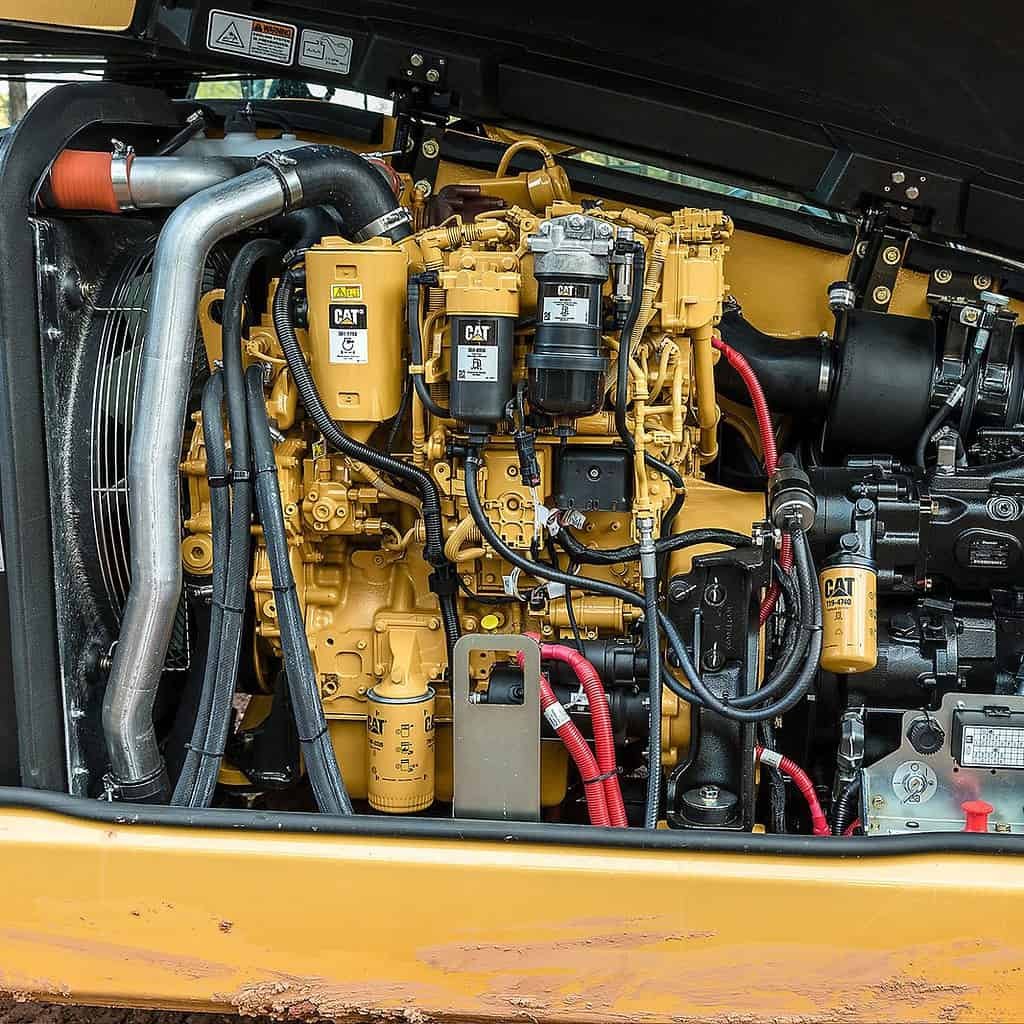
When you observe any of these unusual symptoms, it’s essential to take immediate action. Regular engine diagnostics can help identify potential problems early, allowing for timely repairs and preventing a complete engine failure. Ignoring these signs can lead to more extensive damage, which may require costly repairs or even engine replacement.
Being aware of the early signs of engine trouble and addressing them promptly is vital for maintaining the performance and reliability of your skid steer loader. Regular inspections, timely repairs, and proactive maintenance can help you avoid major breakdowns and keep your equipment running smoothly. If you notice any unusual performance, don’t hesitate to inspect the engine immediately.
How Skid Steer Engine Power Affects Performance
The engine’s power plays a significant role in determining the machine’s lifting capacity, speed, and suitability for specific tasks.
Higher engine power allows for greater lifting capacity, faster travel speeds, and the ability to handle larger or heavier attachments.
Choosing the right engine size for a skid steer is critical to its performance. A more powerful engine allows for better lifting and pushing capabilities, ideal for construction projects with heavy materials. On the other hand, a smaller engine may be sufficient for lighter tasks such as landscaping or farm use. Balancing engine power with the loader’s overall weight is essential for ensuring efficient operations. Operators should consider the tasks at hand and match the engine power accordingly to maximize efficiency.
Resumen:
El dirección de skid engine is a vital part of the machine, influencing its performance and maintenance needs. Regular care ensures reliability and longevity.

